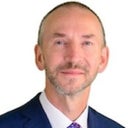Thank you for your question. There are many components to fat harvest, handling and grafting that can affect survival. Most research in this area involves animals studies since it is easier to randomize various aspects of the process, and this has some limitations in guiding surgeons as to what works best in actual patients.
